A broken heart doesn’t just happen to people — it happens to dogs, too.
Behind those wagging tails and eager eyes, some pups carry invisible scars you can’t spot at first glance. They flinch at sudden sounds. They shrink away from a loving hand. They hide behind furniture like the world’s too heavy to face.
Every bark, every tremble, every glance over the shoulder tells a story they can’t put into words.
But here’s the beautiful part — healing is possible. With patience, love, and a whole lot of understanding, you can help a traumatized dog trust the world again.
Let’s pull back the curtain on the signs of dog trauma — and discover how to help them find their happy ending.
Avoidance Behavior

Dogs showing avoidance behavior may shy away from people, objects, or situations that remind them of past trauma. They often retreat to safe spaces, avoiding eye contact or interaction. This behavior suggests a need for comfort and security.
Building trust is crucial. Patience and gentle encouragement can help them slowly re-engage with their environment. Providing a quiet space where they feel safe can aid in rebuilding their confidence.
Monitor their progress and reward small steps towards interaction. This supportive approach helps the dog feel more secure and willing to engage.
Excessive Barking
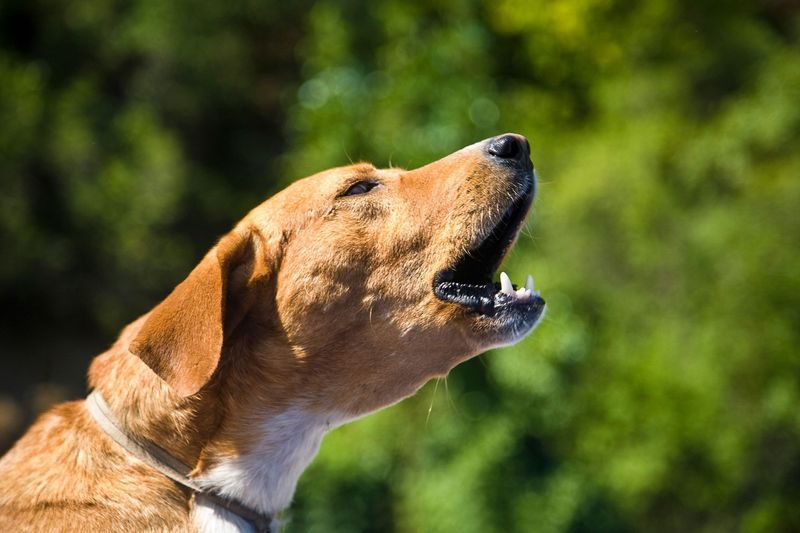
Excessive barking in dogs can indicate underlying anxiety or fear. This behavior is their way of communicating distress. A dog might bark at seemingly insignificant things if they’re feeling threatened.
To help, create a calming routine and ensure they have a peaceful environment. Identifying triggers and gradually exposing them in a controlled way can reduce anxiety.
Training sessions with positive reinforcement can also be beneficial. Remember, patience is key. Encouraging calm behavior with treats and affection reassures them that they are safe.
Destructive Chewing

Destructive chewing often stems from anxiety or boredom, especially in traumatized dogs. It can be their way of coping with stress. Chewing provides an outlet for nervous energy and can become a habitual behavior.
To manage this, ensure your dog has plenty of chew toys and consider increasing physical and mental stimulation. Regular play sessions help expend energy and reduce stress.
Redirect their chewing to appropriate items and reward them for good behavior. This not only protects your belongings but also helps in managing their anxiety effectively.
Aggression
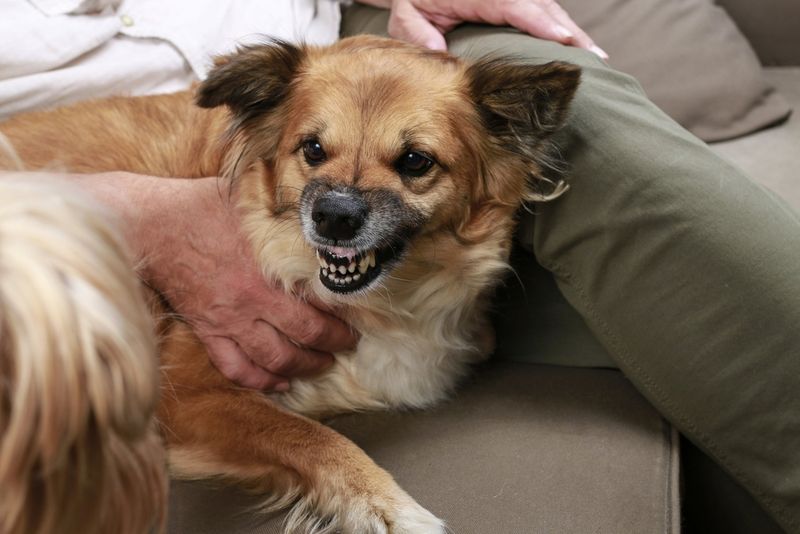
Aggression in dogs can be a sign of fear or past trauma. They might react defensively to protect themselves from perceived threats. Understanding the root cause is essential.
Professional training and behavioral therapy can guide in addressing aggression. A calm approach helps avoid escalating the situation.
Building a bond of trust through consistent, positive interactions can bring about change. This process requires time and dedication but can transform your dog’s behavior significantly, allowing them to feel more secure and less threatened.
Loss of Appetite
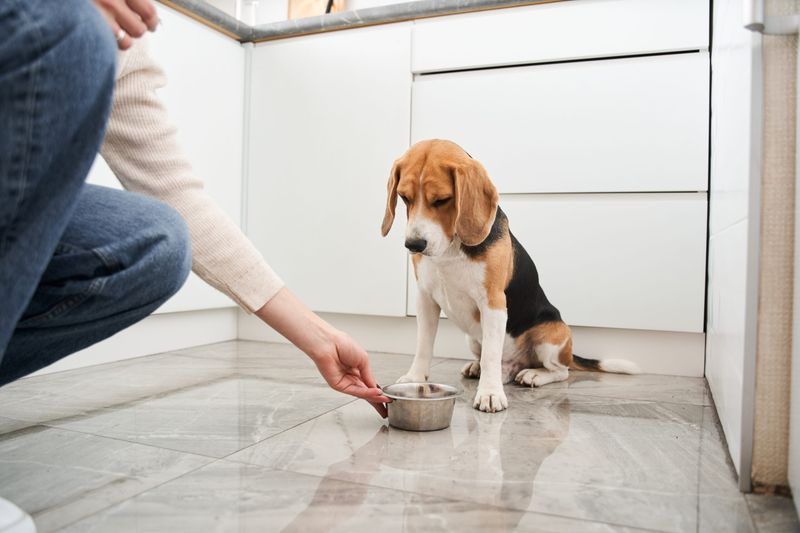
A sudden loss of appetite can indicate stress or trauma in dogs. They might refuse food due to anxiety or discomfort. This change in behavior should be monitored closely.
Encourage eating by offering nutritious and appealing food options. Serving smaller, frequent meals can also help.
Consulting with a vet ensures there are no underlying health issues. A supportive feeding environment, free from stress, aids recovery. Positive reinforcement when they eat can gradually restore their regular eating habits.
Trembling or Shaking

Trembling or shaking is a physical sign of fear or anxiety in dogs. Like humans, dogs may shake when they’re scared or stressed.
Providing warmth and comfort can ease their distress. A soft blanket or a comforting spot can make a difference. Gentle reassurance and speaking softly help calm their nerves.
If this behavior persists, consulting a vet or a professional trainer may be advisable. Understanding their triggers and reducing exposure can gradually help them feel safer and more secure.
Excessive Licking
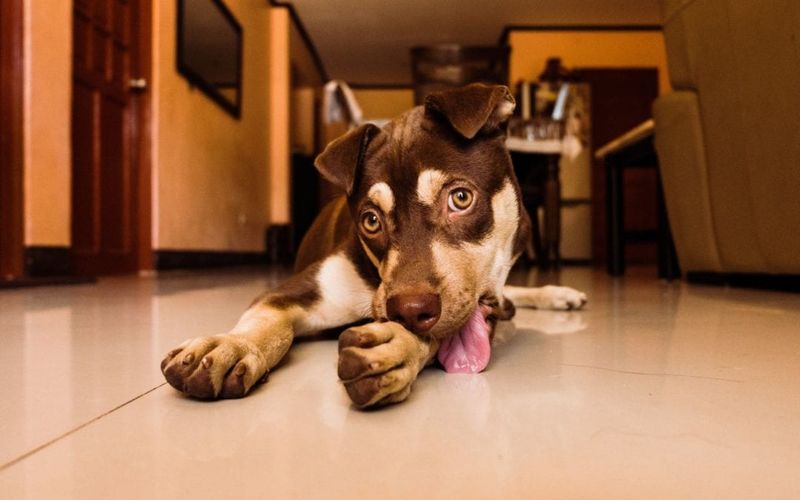
Excessive licking, especially of paws or other body parts, can be a coping mechanism for anxiety in dogs. It might indicate stress or an attempt to self-soothe.
To alleviate this, engage them in activities that distract from the behavior, like interactive toys or gentle play. Keep their environment calm and predictable to reduce anxiety triggers.
Regular physical exercise can also help. Identifying and addressing the root of their stress is key to minimizing this behavior over time, promoting a healthy and happy pet.
Hiding

Hiding is a common reaction for a traumatized dog feeling threatened or scared. They seek out small, enclosed spaces to feel safe.
Providing a secure, comforting spot where they can retreat without disturbance can aid their sense of security. Encouraging them to explore their surroundings in a gentle, non-threatening way can build confidence.
Patience and understanding are crucial to help them overcome this behavior. Slowly, they can learn that there are safe spaces beyond their hiding spots.
Cowering

Cowering dogs display submissive behavior often due to fear or past trauma. This posture indicates they feel threatened and are trying to make themselves less noticeable.
Approaching them calmly and gently reassures them. Avoiding sudden movements or loud noises creates a safer environment.
Encouragement through positive reinforcement and gradual exposure to various settings can help them gain confidence. Building trust takes time but leads to a happier, more assured pet.
Whining or Whimpering
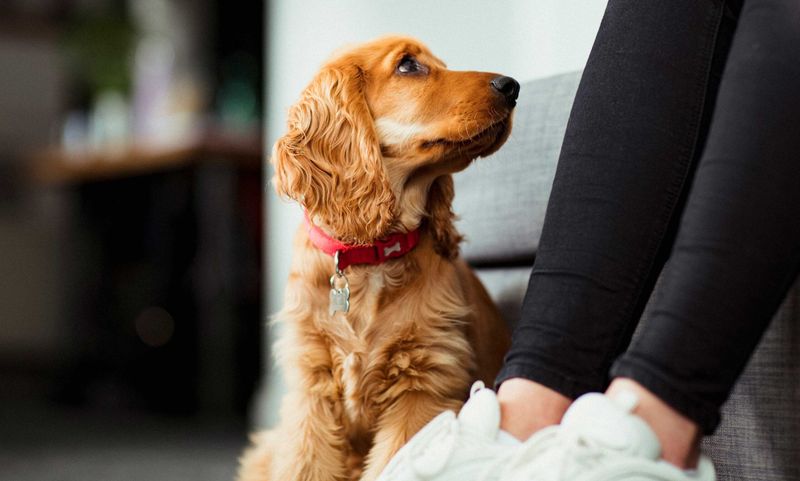
Whining or whimpering often signals distress or anxiety in dogs. It’s their way of communicating discomfort or fear.
Offering comfort and attention reassures them. Identifying the cause of their distress and addressing it can reduce this behavior.
Providing a consistent routine and comforting environment greatly aids their emotional stability. Regular companionship and gentle interaction help them feel secure and understood, reducing their need to vocalize distress.
Hypervigilance

Hypervigilance in dogs reflects an elevated state of alertness due to anxiety or past trauma. They may seem on edge, constantly scanning their surroundings.
Creating a predictable and calm environment helps ease their heightened awareness. Slowly introducing them to new experiences can also alleviate anxiety.
Engaging them in calming activities, like gentle walks or structured play, redirects their focus. Consistent routines and a safe home environment gradually reduce their need for hyperawareness, fostering a sense of security.
Panting Excessively

Excessive panting in dogs can be a sign of stress or anxiety, rather than just physical exertion. It often indicates they’re feeling overwhelmed.
Ensuring they have a cool, comfortable place to relax is essential. Providing water and a shaded area can help them cool down.
If panting is linked to stress, addressing anxiety triggers and offering a calm environment can make a difference. Regular vet check-ups ensure there are no underlying health issues contributing to this behavior.
Clinginess
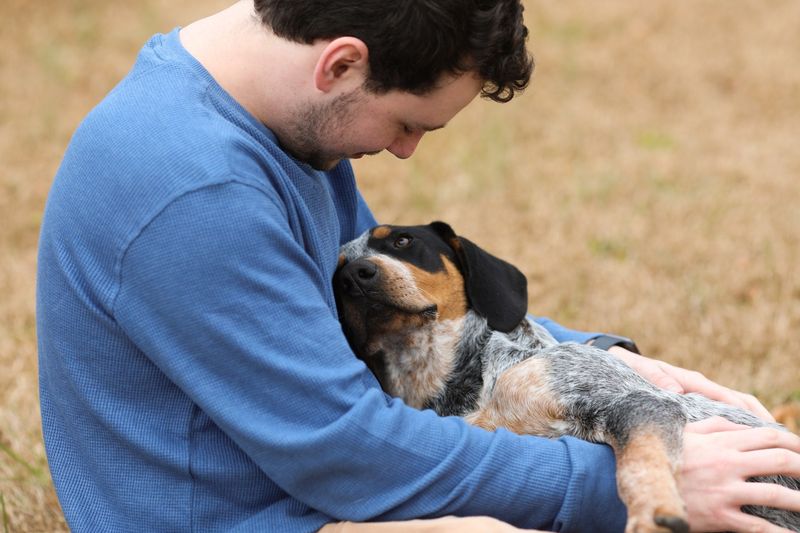
Clinginess in dogs often stems from insecurity or past trauma. They may follow their owner closely, seeking constant reassurance.
To help them gain independence, gradually encourage alone time, ensuring they have safe distractions like toys. Reinforce positive behavior when they explore independently.
Building their confidence through structured training can encourage a balanced sense of security. With love and patience, their neediness can transform into a healthy, affectionate bond.
Loss of Interest in Play
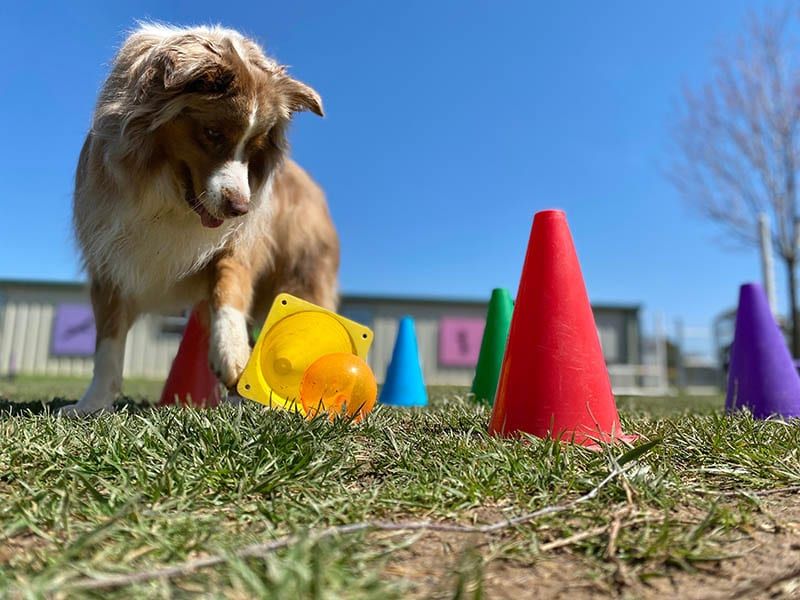
A dog losing interest in play might be due to stress, anxiety, or depression. Play is a natural, joyful activity, and its absence can signal distress.
To rekindle their interest, introduce new toys and play settings. Short, engaging sessions with positive reinforcement can reignite their playful spirit.
Ensuring their environment is calm and supportive encourages exploration and enjoyment in play again. Understanding their pace and needs is key to restoring their joy in activities they once loved.

